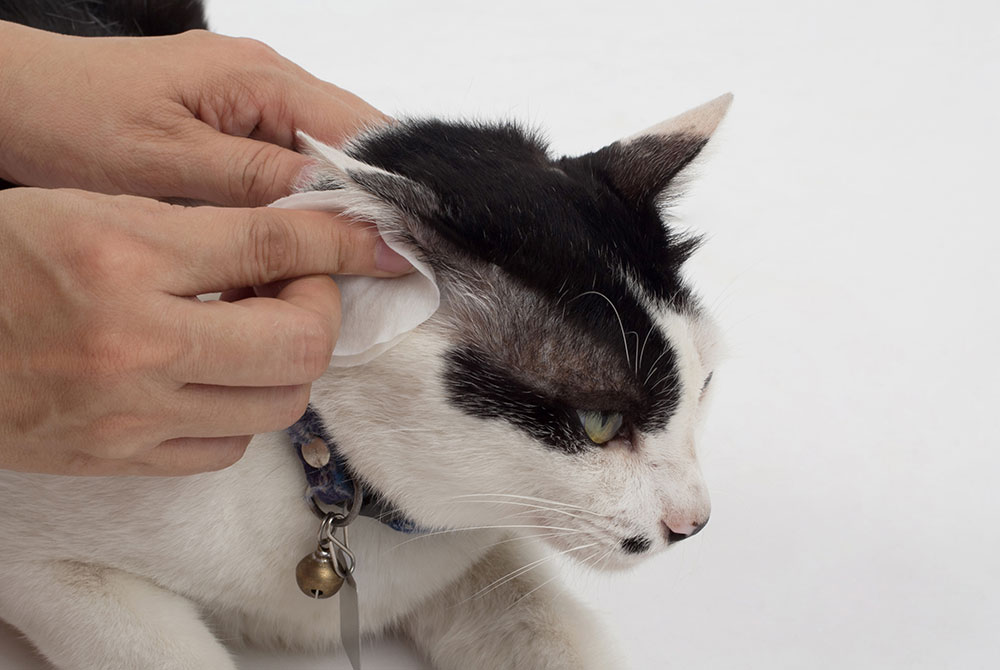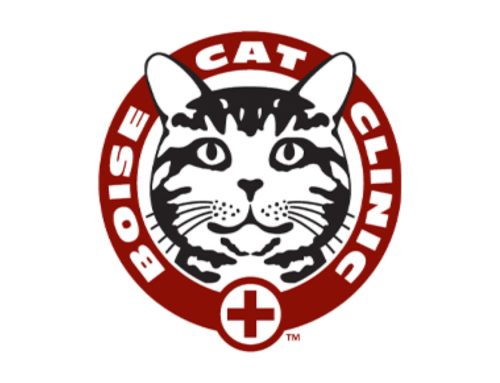Hey kitties, summer is here and it’s a good time to talk about parasites and prevention.
Now, I’m not going to sugar coat it – fleas, ticks and worms are gross! But while it’s not a particularly pleasant topic, parasite control is important. We need to make sure our humans know about it because along with making us uncomfortable, parasites can cause illness for us and for them. So, let’s take a look into the world of fleas, ticks and worms.
Fleas and Ticks
Fleas are small insects that survive by feeding on animal or human blood. Their bites can cause discomfort, itchiness, and irritation and they can infect people and pets with germs that cause illness. Fleas tend to cause extreme itchiness in pets, leaving cats with red, raw, or bloody sores from over-scratching.
Ticks are external parasites that feed on the blood of mammals, birds, and sometimes reptiles and amphibians. They can also carry disease. While ticks can cause skin irritation, you won’t likely see excessive scratching if a tick attaches itself to your cat. The primary sign is the small brown or black bubble of the tick’s body.
Cats can attract fleas and ticks when they venture outdoors. If your kitty goes outdoors, they may pick up one of these pests when they walk through tall grass, climb a tree, hide under shrubs, or go almost anywhere else in your yard. While an indoor cat is less likely to get fleas or ticks, it is possible another pet or a human can carry these pests into your house. After fleas or ticks get inside, they can lay eggs in cracks or crevices and multiply, and a new generation of fleas and ticks can infest your indoor pet and your home.
One of the first signs of a pest infestation is the presence of fleas or ticks. Check your cat regularly for these tiny brown or black bugs. Along with the pests themselves, other signs of a flea infestation are flea dirt (flea droppings that look like small black flecks), patchy fur loss, scratching, redness, or bleeding.
Worms
Cats most commonly contract worms by contact with parasite eggs or infected feces. A cat may walk through an area with eggs or infected feces and since we are such fastidious groomers, we ingest the eggs or fecal particles as we clean our fur and feet.
Cats that live outdoors and regularly hunt small rodents are at a higher risk of contracting worms because the worms can live in the muscle tissues of their prey. However, indoor cats can easily contract worms particularly if multiple cats share a litter box that is contaminated with infected feces.
The most common types of worms in cats are:
- Roundworms
- Hookworms
- Tapeworms
- Whipworms
Worm infestations in cats may be completely asymptomatic (showing no symptoms) or severe and life-threatening, depending on the type of worm and severity of the infestation. Common signs of worms in cats include:
- Vomiting (sometimes with worms in the vomit)
- Diarrhea (with or without blood)
- Tarry feces
- Weight loss
- Distended abdomen
- Skin lesions
- Generally poor body condition and a dull coat
The Good News
Fleas, ticks and worms are not only treatable, they are preventable!
Rule #1: if you think your cat has fleas, ticks or worms, contact your veterinarian. Attempting to treat your cat with over-the-counter remedies or natural remedies for worms in cats is never recommended.
While it may seem like a faster and cheaper alternative than a visit to the vet clinic, there is no guarantee that over-the-counter products are safe or effective in treating any type of medical condition, and they could actually be harmful to your cat. Your veterinarian can guide you best on how to get rid of these pesky bugs and keep them from coming back.
Delaying treatment can be dangerous and in some cases fatal. So, see Rule #1.
That’s all for today! Now, I’m going to check my calendar and see when my next preventative parasite treatment is due.
Here’s looking at you, Kits!
Ivan







Leave A Comment